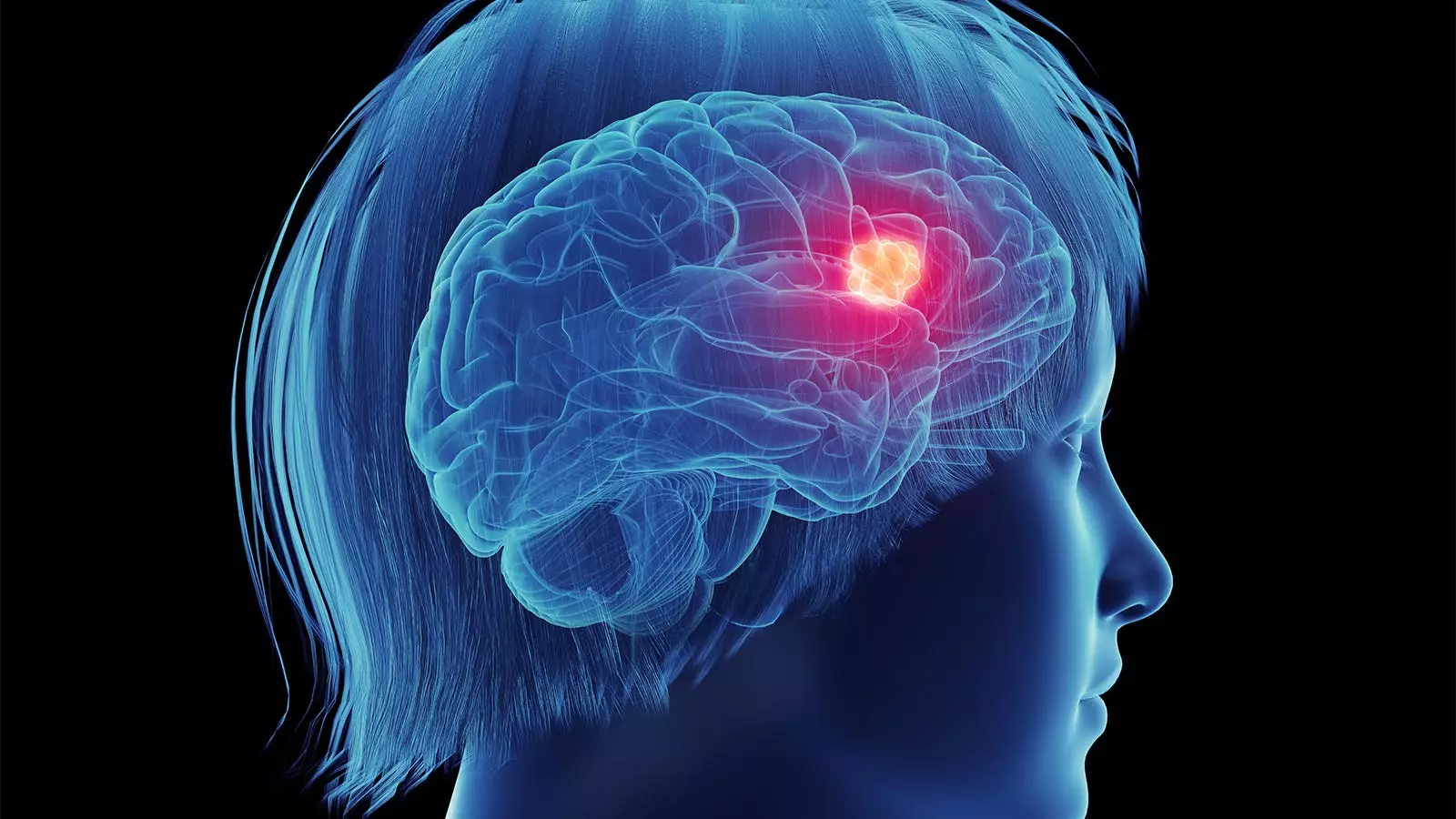Postmenopausal hormone therapy (HT) has been a focal point of extensive medical research, particularly concerning its potential risks and benefits. A recent large-scale retrospective analysis involving over 75,000 women sought to illuminate the relationship between hormone therapy and glioma risk, yet its findings reveal more questions than answers. As researchers grapple with inconsistencies and disparities in incidence rates among sexes, it’s crucial to disentangle the complexities underlying these relationships.
The Study: A Closer Look
The study conducted by Hui Tang, MD, and colleagues from North Sichuan Medical College extracted data from a participant pool of 75,335 women, aiming to evaluate the risk of glioma associated with hormone therapy usage. The results highlighted a non-significant 16% increase in hazard ratio for glioma among women using HT, suggesting a potential correlation but insufficient evidence to validate a definitive risk. This nuanced finding is critical, as it doesn’t necessarily exonerate HT from being implicated in glioma risk, but it also does not convincingly tie it to causation.
Despite examining various dimensions of hormone therapy—current versus former use and duration—the study revealed no significant associations with glioma. Further complicating the interpretation, subgroup analyses suggested a potential link for college-educated women, although it lacked statistical significance. This inconsistency echoes the challenges of drawing concrete conclusions in medical research, primarily due to factors such as recall bias or variations in HT components that retrospective studies often fail to delineate clearly.
Review of Prior Research
The existing literature presents an even more intricate tapestry of results. Fourteen studies assessing HT’s impact on glioma risk yielded mixed outcomes. Most retrospective case-control studies indicated an inverse relationship, hinting that HT might even mitigate glioma risk. In contrast, prospective research generally aligns more closely with the current study, finding no substantial connection between HT use and glioma onset.
The inconsistency observed across these studies raises a critical question about scientific methodology. The reliance on retrospective data often introduces biases that can cloud the results. Moreover, the way different hormone therapy regimens are classified and analyzed may further complicate the comprehension of their effects on glioma risk, leading to perplexing conclusions that the medical community must navigate cautiously.
Given these discrepancies, Tang and his co-authors emphasize the necessity for future studies to adopt larger sample sizes and a prospective design with extended follow-ups. This is imperative for effectively assessing the nuances of hormone therapy, including the specific components utilized and the cumulative duration of use. Such undertakings could provide invaluable insights into the complex interplay of gender, age, and health variables that contribute to the prevalence of glioma among women.
Stephanie Faubion, MD, from Mayo Clinic, further suggests a shift in research focus. Rather than pouring resources into clarifying the effects of HT on an already rare condition like glioma, she advocates for examining more prevalent tumors, such as meningiomas, which disproportionately affect women. This redirection could yield more applicable insights into women’s health and the underlying biological mechanisms at play.
The mysteries surrounding sex-based differences in health outcomes remain largely unresolved. Faubion’s commentary highlights this dilemma, emphasizing the importance of understanding why certain conditions, such as migraines or brain tumors, disproportionately affect women. The convergence of hormonal influence with other factors—biological, environmental, or social—profoundly impacts these disparities, suggesting that a one-dimensional focus on estrogens may be overly simplistic.
Investigating the underlying causes of sex-based differences in glioma incidence may lead to broader revelations about the disease itself. As researchers deepen their exploration of these variables, they may uncover critical information that benefits not only women but the entire population by providing a clearer picture of brain tumor epidemiology.
As the discourse surrounding hormone therapy and its relationship with glioma continues, it is essential to approach findings with a critical lens. The evidence thus far suggests that while postmenopausal hormone therapy may not significantly elevate glioma risk, further research is crucial to unravel the complexities tied to sex disparity in this arena. By innovating research methodologies and redirecting focus towards more prevalent conditions, the medical community can better equip itself to understand and combat brain tumors, advancing the pursuit of gender-specific health strategies in the process.



Leave a Reply